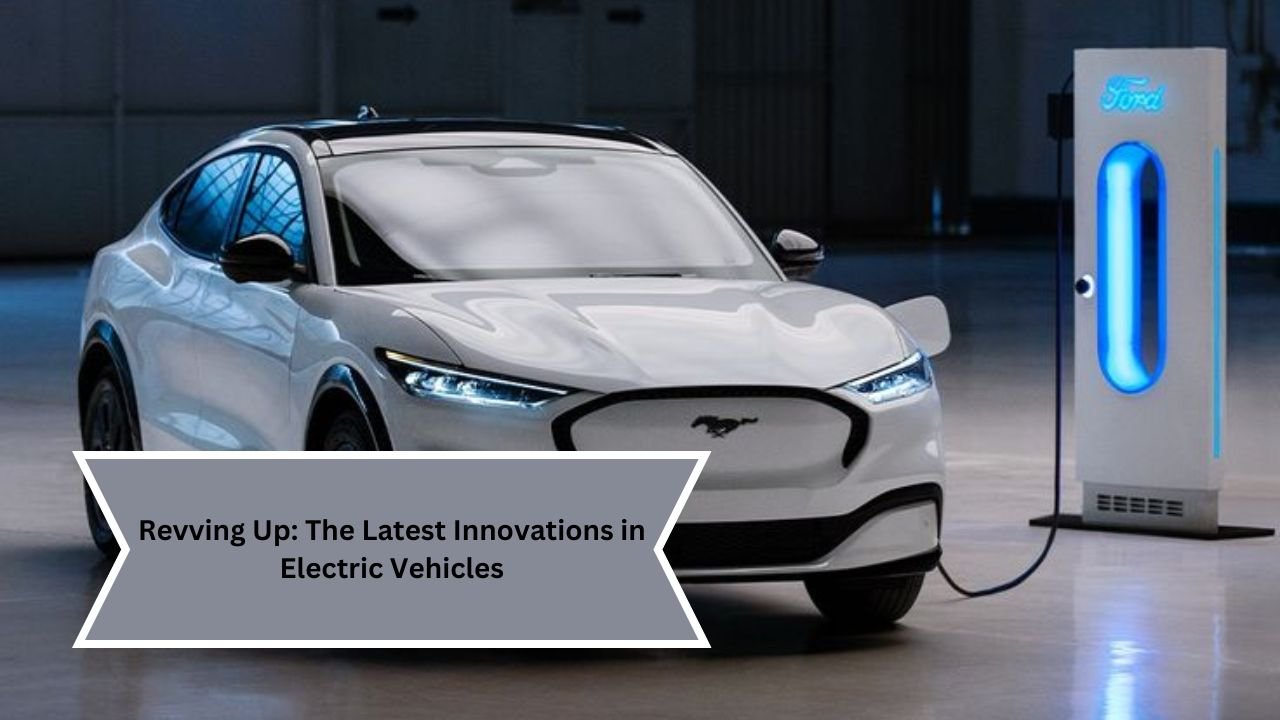As the world increasingly prioritizes sustainability, the automotive industry is undergoing a remarkable transformation. Electric vehicles (EVs) are at the forefront of this shift, driven by rapid advancements in technology, government policies, and changing consumer preferences. In this article, we explore the latest innovations in electric vehicles that are not only enhancing performance but also making them more accessible, efficient, and appealing to a broader audience.
Battery Technology Breakthroughs
One of the most critical aspects of electric vehicles is their battery systems. Recent innovations in battery technology are propelling EV performance to new heights. Solid-state batteries, for example, are emerging as a game changer. Unlike traditional lithium-ion batteries, which use liquid electrolytes, solid-state batteries utilize solid electrolytes. This change results in several benefits, including:
- Increased Energy Density: Solid-state batteries can store more energy in the same amount of space, enabling longer driving ranges without increasing the battery size.
- Improved Safety: The solid electrolyte is less flammable than liquid counterparts, reducing the risk of battery fires.
- Faster Charging: These batteries can potentially allow for quicker charging times, making EVs more convenient for users.
Companies like Toyota and QuantumScape are investing heavily in this technology, with hopes of bringing solid-state batteries to market within the next few years.
Enhanced Charging Infrastructure
The growth of the electric vehicle market is closely tied to the expansion of charging infrastructure. Innovative solutions are being developed to address range anxiety—a common concern among potential EV buyers.
- Fast Charging Stations: Companies are deploying ultra-fast charging stations that can deliver significant power in a short amount of time. Some can charge an EV to 80% in under 30 minutes, making long road trips more feasible.
- Wireless Charging: The concept of wireless or inductive charging is gaining traction. This technology allows vehicles to charge without plugging in, utilizing electromagnetic fields to transfer energy. This innovation is particularly useful in urban settings where charging stations may be scarce.
- Smart Charging Solutions: Smart chargers are equipped with advanced software that optimizes charging times based on energy prices and grid demand. This feature not only helps reduce costs for EV owners but also aids in stabilizing the energy grid.
Autonomous Driving Capabilities
The integration of autonomous driving technology is another significant innovation reshaping the EV landscape. Many electric vehicles are now equipped with advanced driver-assistance systems (ADAS) that enhance safety and convenience. Key features include:
- Adaptive Cruise Control: This system automatically adjusts the vehicle’s speed to maintain a safe distance from the car ahead.
- Lane Keeping Assistance: This technology helps drivers stay in their lane by providing gentle steering corrections.
- Full Self-Driving: Companies like Tesla are pushing the boundaries with their Full Self-Driving (FSD) features. While still under development and regulatory review, this technology aims to allow vehicles to navigate without human input in many scenarios.
The combination of EVs and autonomous driving capabilities presents a future where traffic congestion can be reduced, and road safety can be significantly improved.
Sustainable Manufacturing Practices
As the demand for electric vehicles rises, so does the need for sustainable manufacturing practices. Automakers are beginning to focus on the entire lifecycle of their vehicles, from raw material extraction to end-of-life recycling. Innovations in this area include:
- Recycled Materials: Companies are exploring the use of recycled materials in vehicle production, reducing the environmental impact of new vehicles. For instance, some manufacturers are incorporating recycled plastics and metals into their designs.
- Eco-Friendly Production Techniques: Many automakers are investing in renewable energy sources for their factories, such as solar and wind power, to reduce their carbon footprint.
- Battery Recycling Programs: As the number of electric vehicles on the road increases, so does the need for effective battery recycling. Innovative processes are being developed to recover valuable materials from spent batteries, minimizing waste and promoting circular economies.
Connectivity and Infotainment
Modern electric vehicles are not just about mobility; they are also about connectivity. Innovations in technology are making EVs smarter and more interactive:
- Over-the-Air Updates: Just like smartphones, many EVs can receive over-the-air software updates. This capability allows manufacturers to improve performance, add new features, and enhance security without requiring a trip to the dealership.
- Advanced Infotainment Systems: The latest EVs come equipped with sophisticated infotainment systems that integrate with smartphones, providing drivers with navigation, music, and other applications seamlessly.
- Vehicle-to-Grid Technology: This technology allows electric vehicles to interact with the power grid, enabling them to return energy to the grid during peak demand periods. This not only helps stabilize the grid but can also provide financial incentives for EV owners.
Emerging Market Trends
The electric vehicle market is continuously evolving, with new trends shaping its future. One notable trend is the rise of electric SUVs and trucks, which have gained immense popularity among consumers. Manufacturers are responding to this demand by rolling out a variety of electric models, appealing to those seeking both sustainability and practicality.
Moreover, the concept of subscription services for electric vehicles is gaining traction. Instead of committing to a long-term purchase or lease, consumers can subscribe to a service that allows them to drive an EV for a set period. This flexibility is particularly appealing to those who are hesitant about committing to electric vehicles due to concerns over charging infrastructure or driving range.
Conclusion
The innovations in electric vehicles are not just transforming how we drive; they are also reshaping the future of transportation. With advancements in battery technology, charging infrastructure, autonomous capabilities, sustainable manufacturing, connectivity, and emerging market trends, the landscape of electric mobility is rapidly evolving. As these innovations continue to unfold, electric vehicles are poised to play a central role in a more sustainable and connected world, making them an integral part of our everyday lives. The road ahead is bright, and it’s electrifying!
| HOME | CLICK HERE |
| AUTOMOBILE NEWS | CLICK HERE |

